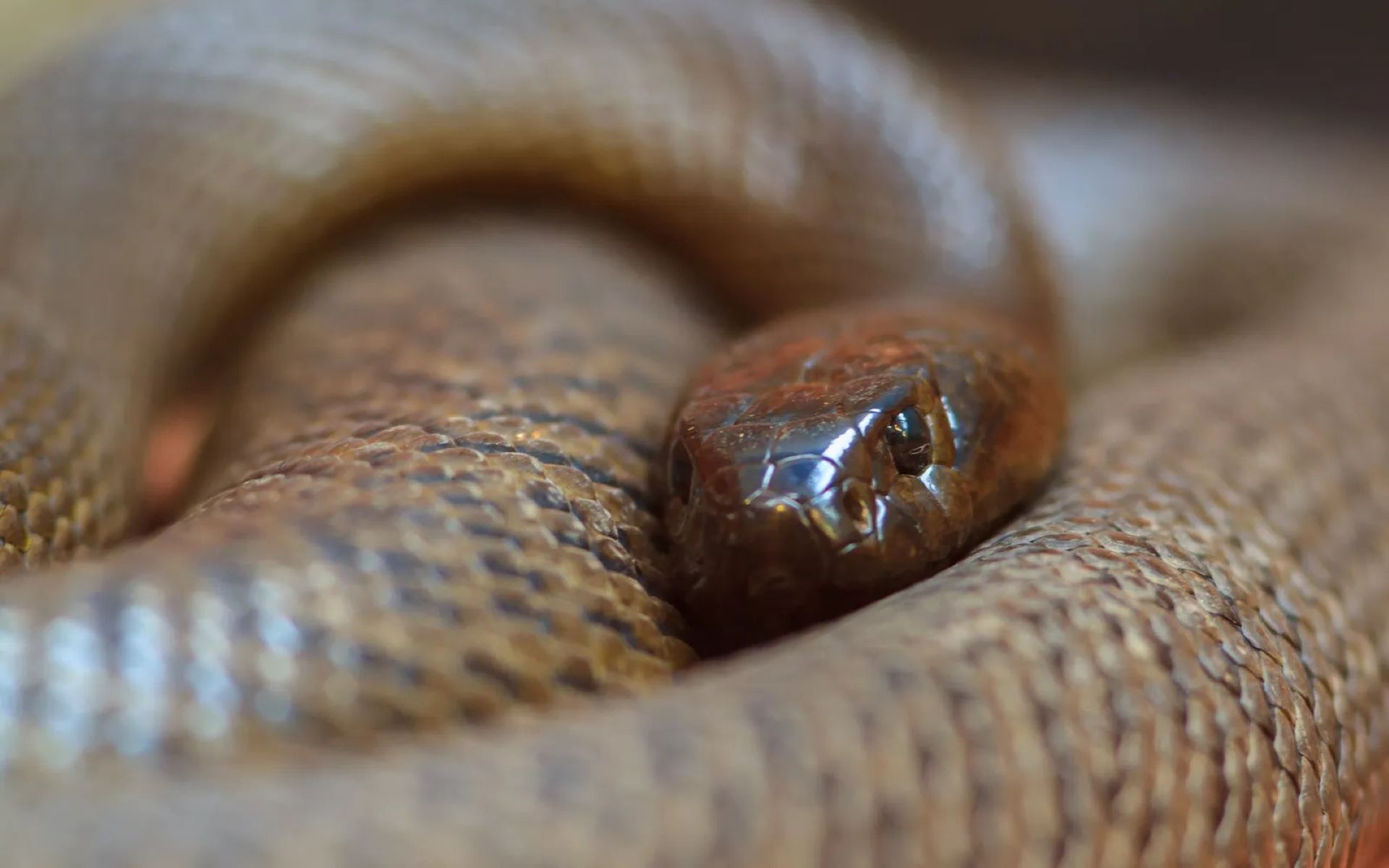11 Bizarre Australian Animals You Won’t Believe Exist

Australia is home to some of the most unique creatures on Earth. From the kangaroo to the koala, many animals are well-known. However, there are some bizarre Australian animals that might surprise you. Have you ever heard of the quokka? This small marsupial is famous for its friendly smile. Or what about the platypus? This egg-laying mammal has a duck bill and webbed feet. Then there's the cassowary, a large bird that looks like it belongs in a prehistoric era. These are just a few examples of the strange and wonderful wildlife found in Australia. Ready to learn more? Let's dive into the world of bizarre Australian animals!
Australia: A Land of Unique Creatures
Australia is famous for its unique wildlife. Some animals are so bizarre, they seem like they belong in a sci-fi movie. Let's dive into the world of Australia's most unusual creatures.
1. Platypus
The platypus is a mammal that lays eggs. It has a duck bill, webbed feet, and a beaver-like tail. Males have venomous spurs on their hind legs. This mix of traits makes the platypus one of the strangest animals on Earth.
2. Echidna
Echidnas, or spiny anteaters, are another egg-laying mammal. They have spines like a porcupine, a snout like an anteater, and a pouch like a kangaroo. Their long, sticky tongues help them catch ants and termites.
3. Tasmanian Devil
Tasmanian devils are small, fierce marsupials. They have strong jaws and sharp teeth, making them excellent scavengers. Their loud screeches and aggressive behavior give them a fearsome reputation.
4. Quokka
Quokkas are small marsupials known for their friendly nature and "smiling" faces. They live on a few islands off the coast of Western Australia. Quokkas are herbivores and mostly active at night.
5. Wombat
Wombats are burrowing marsupials with strong legs and sharp claws. They have cube-shaped poop, which helps mark their territory. Wombats are nocturnal and feed on grasses, roots, and bark.
6. Numbat
Numbats are small, termite-eating marsupials. They have long, sticky tongues to catch their prey. Numbats are active during the day and have distinctive stripes on their backs.
7. Thorny Devil
The thorny devil is a small lizard covered in spikes. It has a "false head" on its neck to confuse predators. Thorny devils eat ants and can change color to blend into their surroundings.
8. Cassowary
Cassowaries are large, flightless birds with striking blue and black feathers. They have a helmet-like casque on their heads and powerful legs with sharp claws. Cassowaries are known to be aggressive if threatened.
9. Sugar Glider
Sugar gliders are small, nocturnal marsupials that can glide through the air. They have a membrane between their front and back legs, allowing them to glide from tree to tree. Sugar gliders feed on nectar, fruit, and insects.
10. Bilby
Bilbies are small, nocturnal marsupials with long ears and soft fur. They have strong forelimbs for digging burrows. Bilbies feed on insects, seeds, and bulbs.
11. Lyrebird
Lyrebirds are ground-dwelling birds known for their incredible mimicry skills. They can imitate a wide range of sounds, including chainsaws and camera shutters. Male lyrebirds have long, ornate tail feathers used in courtship displays.
Embrace the Unusual Wildlife
Australia's wildlife is truly one-of-a-kind. From the platypus with its duck-like bill to the quokka known for its friendly smile, these animals are fascinating. The cassowary may look like a dinosaur, but it's a bird you don't want to mess with. The numbat and bilby are lesser-known but equally intriguing. Then there's the thorny devil, a lizard that looks like it walked out of a fantasy novel.
Don't forget the marsupial mole, which spends most of its life underground, and the tree kangaroo, which prefers the treetops. The tasmanian devil may have a fierce reputation, but it's a vital part of the ecosystem. Lastly, the wombat and echidna round out this list of bizarre creatures that make Australia a must-visit for animal lovers. Embrace the chance to see these unique animals in their natural habitat.

